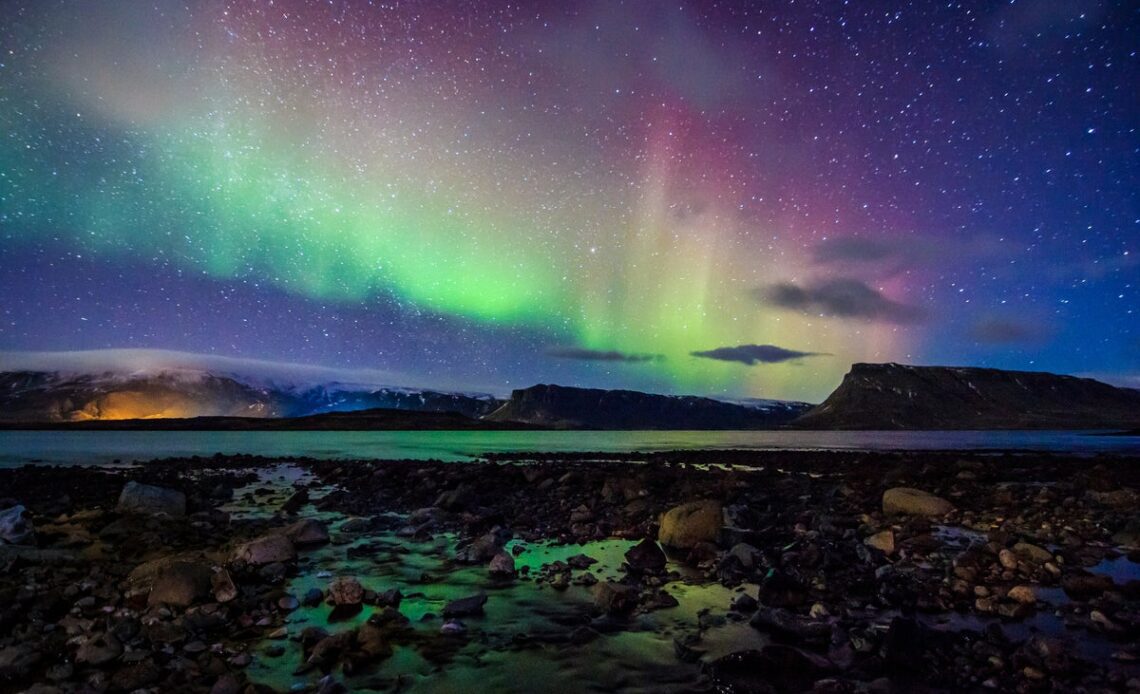They are one of nature’s most jaw-dropping sights – a spectacular celestial dance across Arctic skies that features on most, if not all, travellers’ bucket lists. But what exactly are the ethereal aurora borealis, and what’s the best way to spot them? The Royal Astronomical Society’s Ian Ridpath explains everything you need to know about the Northern Lights.
What are they?
“Put simply, the Northern Lights are an electrical phenomenon in the Earth’s upper atmosphere that produces ghostly glowing shapes that move and flow,” Ridpath says. The lights – the Latin name, aurora borealis, meaning ‘Northern dawn’ because their appearance low on the horizon gives the impression of a false daybreak – can appear as shifting arcs, vertical rays or long curtains that ripple like drapery blowing in a breeze. And their varying colours are a result of different gases in the upper atmosphere.”
Northern Lights across the UK – in pictures
Show all 6
“But don’t expect them to appear bright green like in photographs,” Ridpath warns. “To the eye, they are more greyish in colour, almost like a cloud. That’s because the human eye doesn’t pick up faint colour well. If the aurora is very bright, however, it can appear greenish or yellowish and some have a beautiful fringe of pink at the bottom. What you see depends on the sensitivity of your eyes, and, of course, everybody’s eyes are different.”
Why do they occur?
“The Northern Lights are caused by atomic particles from the sun being funnelled down the Earth’s magnetic lines of force into a ring around the…
Click Here to Read the Full Original Article at The Independent Travel…
